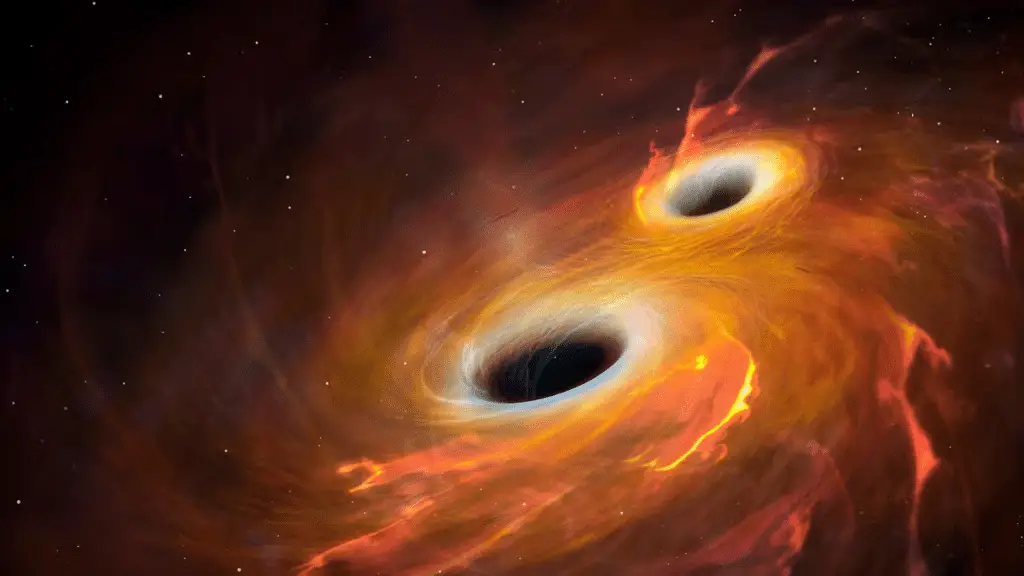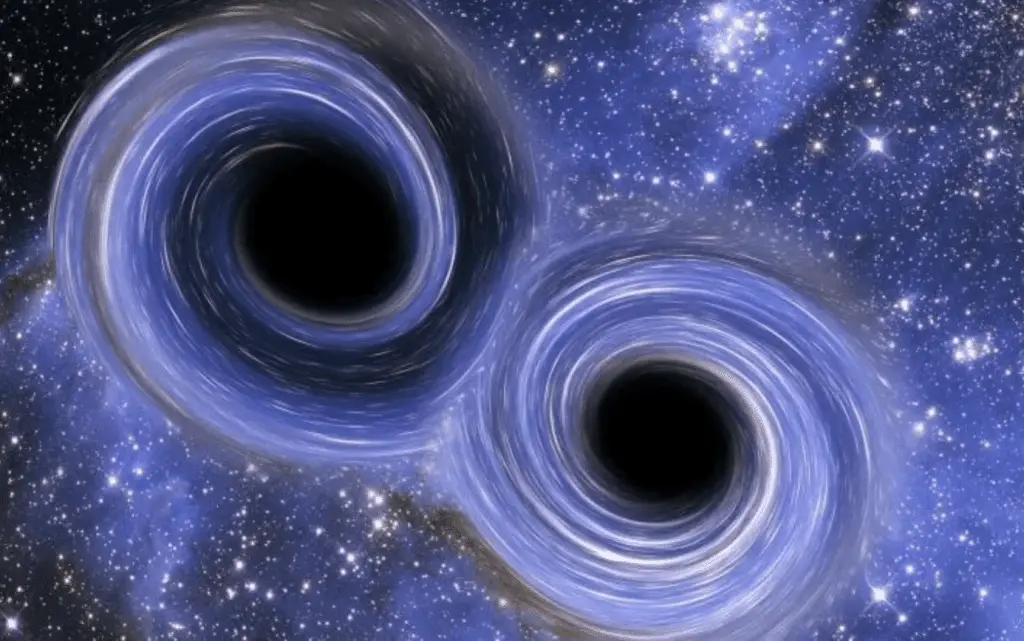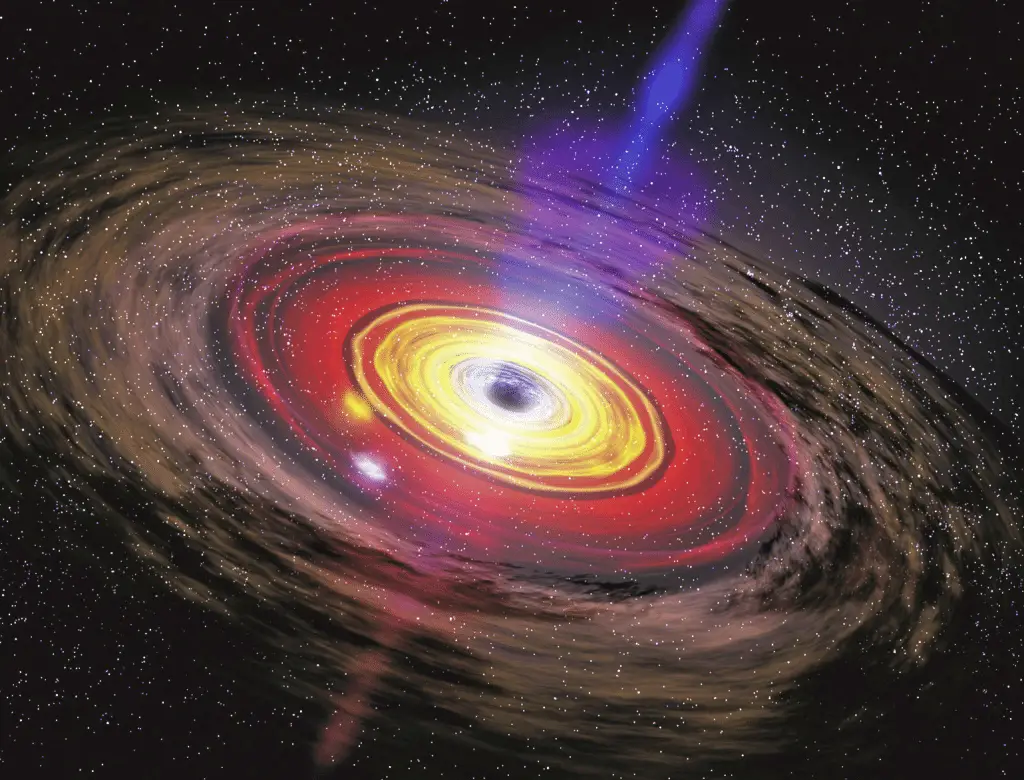The theory of black holes has fascinated scientists and astronomy enthusiasts for decades and one of the most intriguing puzzles related to these mysterious cosmic objects is the Hawking radiation paradoxproposed by the famous physicist Stephen Hawking in the 1970s.
This paradox arises from the fact that, according to Einstein’s general theory of relativity, black holes should be entities devoid of structure and distinctive characteristics, with a singularity at their center and an event horizon from which nothing can escape, not even light.
That said, quantum mechanics introduces a significant complication, which is Hawking radiation, a theoretical radiation, emitted by the event horizon of a black hole, which appears to carry no information about the matter that formed the black hole itself.
This contradicts a fundamental principle of quantum mechanicsaccording to which information cannot be destroyed, and recently a new research suggests that black holes may not be what they seem; instead of being structureless entities, they could be bizarre quantum objects known as “frozen stars”.
These hypothetical objects, while sharing some similarities with black holes, differ in crucial ways that could resolve some of the biggest paradoxes in black hole physics.
What are frozen stars compared to black holes?
Frozen stars, unlike conventional black holes, should not harbor a singularity at their center, which would resolve another contradiction between the classical view of black holes and the general rule of physics that infinities cannot exist in nature. When infinities appear in a theory, they usually point to limitations of the theory.
Second Ramy Brusteina physics professor at Ben-Gurion University in Israel and lead author of a study describing the theory of frozen stars, these ultracompact, singularity-free objects could mimic all the observable properties of black holes; if they actually exist, they would indicate the need to significantly and fundamentally modify Einstein’s theory of general relativity.

Hawking radiation is a theoretical phenomenon that arises from the combination of quantum mechanics and general relativity, according to this theory, black holes are not completely blackbut they emit weak radiation due to quantum effects near the event horizon, and this radiation carries energy away from the black hole, causing it to slowly evaporate over time.
The black hole information paradox arises from the fact that Hawking radiation appears to be completely random and carries no information about the matter that fell into the black hole.
Frozen Stars: A Solution to the Paradox?
The frozen stars represent a possible solution to this paradoxaccording to the theory proposed by Ramy Brustein and his colleagues, frozen stars are ultracompact objects that do not host a singularity at their center; instead, the matter inside a frozen star is compressed to a point where quantum effects become predominant, preventing the formation of a singularity.
These objects they could emit radiation in a similar way to black holesbut without destroying the information, instead of being lost, the information could be stored inside the frozen star or be released subtly through the emitted radiation. This would solve the information paradoxkeeping the principles of quantum mechanics intact.

If the frozen star theory were confirmed, it would have profound implications for our understanding of the universefirst, it would require a revision of Einstein’s theory of general relativity, which currently does not predict the existence of such objects, and it would also provide a new perspective on the nature of black holes and the conservation of information in the universe.
Frozen star research is still in its preliminary stagesand further observations and theoretical studies are needed to confirm their existence, nevertheless this theory represents a important step towards resolution of one of the greatest enigmas of modern physics.
The frozen star theory represents a potentially revolutionary breakthrough in our understanding of black holes and fundamental physics. If confirmed, this theory could resolve the black hole information paradox. keeping the principles of quantum mechanics intact and offering a new perspective on the nature of the universe.
Frozen stars suggest that black holes are not structureless entities, but complex quantum objects that store information in ways we have yet to fully understand, but this theory requires a revision of Einstein’s general relativity and could open new avenues for research in theoretical physics and cosmology.

In conclusion, research on black holes and Hawking radiation continues to push the boundaries of our knowledge, challenging our current theories and opening up new possibilities for the future of physics. Frozen stars could be the key to unlocking these mysteries and ushering in a new era of scientific discovery.
If you are attracted by science or technology, keep following us, so you don’t miss the latest news and updates from around the world!
#Black #Holes #Hawking #Radiation #1970s #Today
